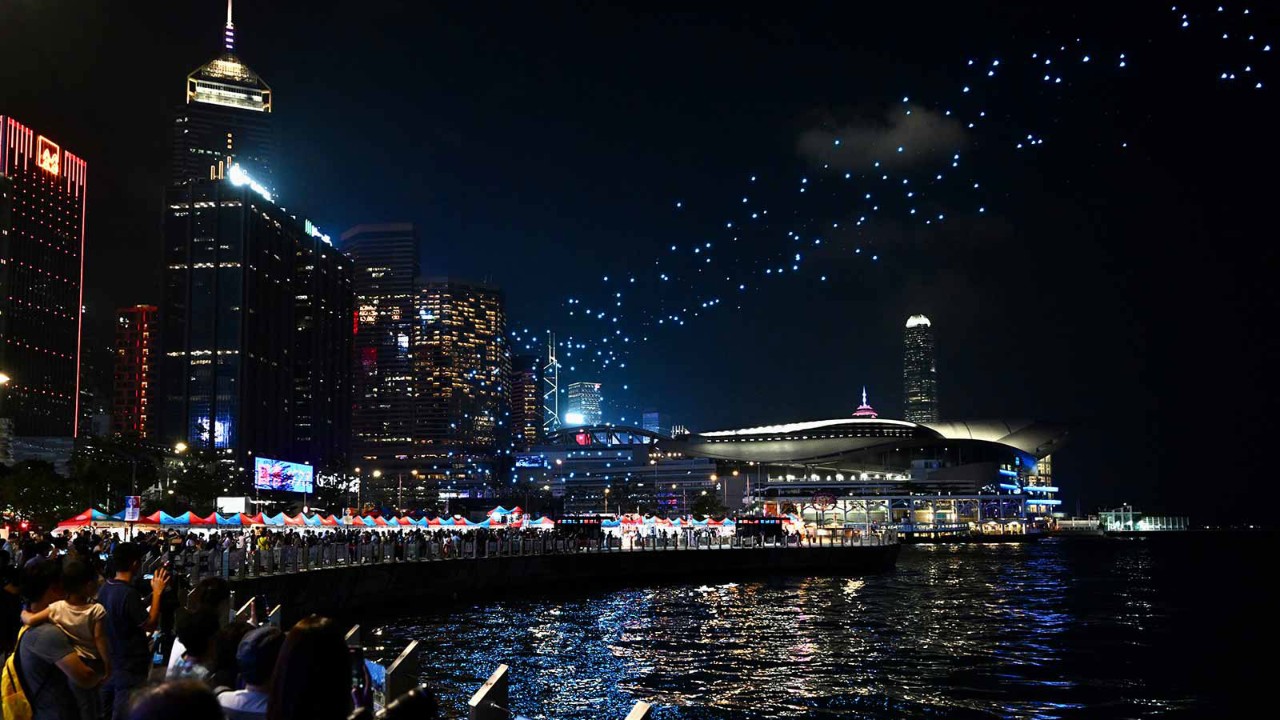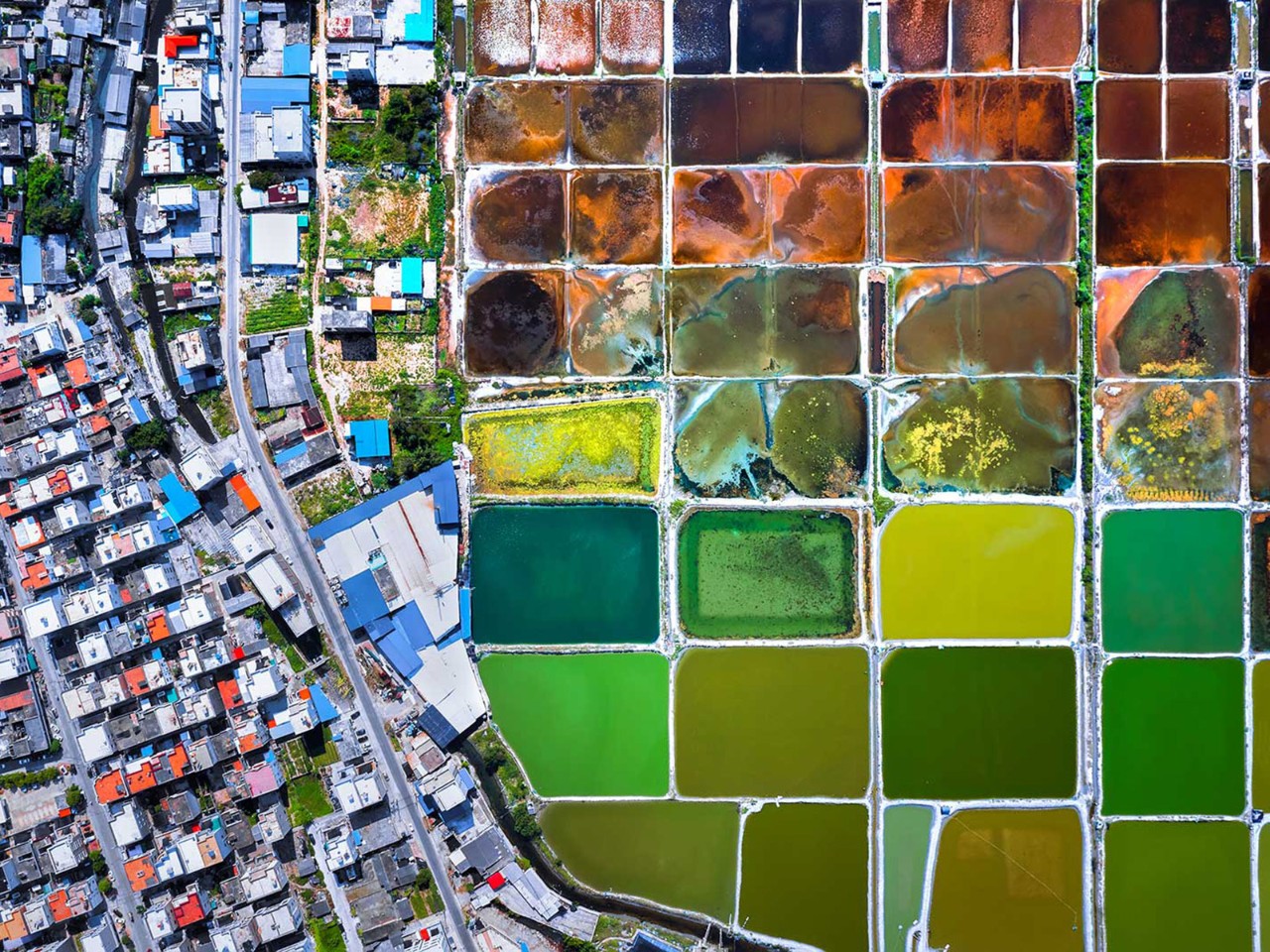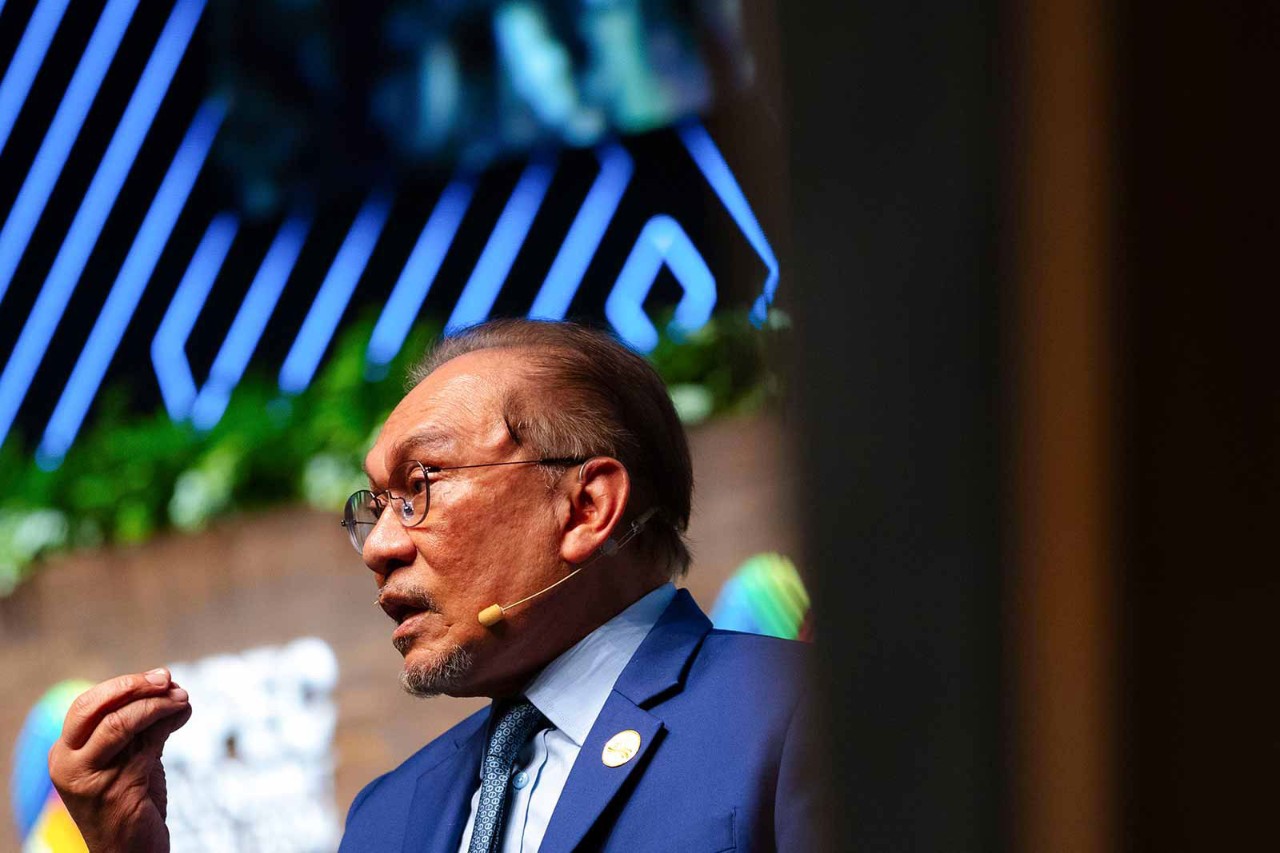
In his third annual policy address, Hong Kong’s chief executive John Lee sought to tackle the city’s most pressing challenges by focusing on reforming financial markets, trade, healthcare, tourism and social issues, particularly those linked to the Special Administrative Region’s ageing population.
With the word ‘reform’ appearing 43 times in his 114-page address, which bore the tagline ‘Reform for Enhancing Development and Building Our Future Together’, Lee tied many of his proposals to rejuvenating the economy and improving livelihoods through what he described as ‘developing new quality productive forces tailored to local conditions’.
Areas spotlighted for overhaul are mainly framed around diversifying and upgrading Hong Kong’s tourism offerings by integrating the development of culture, sports and tourism, and pressing ahead with moves to turn the SAR into an international innovation and technology centre. Financial reforms include smoothing the approval process for initial public offerings, designed to attract investors.
During his two-and-half-hour presentation, Lee also announced a redomiciliation bill will be tabled soon to encourage strategic enterprises to set up headquarters or corporate divisions in Hong Kong without having to wind up operations in their original overseas domicile. The 2024 policy blueprint also includes leveraging green shipping opportunities, hosting more international education conferences to attract talent, and turning the SAR into an international gold and commodity trading hub by establishing accredited warehouses and offering preferential taxes.
Low-altitude business activities could inject new impetus into Hong Kong’s economy
Flush of excitement
While many of the reforms had been telegraphed in the weeks leading up to the policy address, one new proposal was the announcement that the administration is in the process of setting up a working group, led by a senior government official, to develop a low-altitude economy. A low-altitude economy refers to economic activities taking place within low-altitude airspace (up to 1,000 metres above ground), such as the use of unmanned aerial vehicles in passenger transport and cargo delivery.
Within hours of the announcement, there was a flush of excitement around the possibilities that the associated services needed to operate a low-altitude economy could generate. Within days of the announcement, Hong Kong’s largest non-franchised bus group revealed it had ordered 30 uncrewed passenger drones costing more than HK$70m (US$9m). Subject to legislation and regulatory framework, Kwoon Chung Bus said the drones would offer luxury tours above Hong Kong’s skyline within three years.
The announcement also generated excitement about the communication support and services a low-altitude economy would require, such as technical research and development and infrastructure improvements. There were even suggestions that today’s couriers could be retrained to become the drone operators of tomorrow.
Mainland China’s low-altitude economy topped 500bn yuan (US$69bn) in 2023
Speaking on a Hong Kong radio programme, the founding president of the Greater Bay Area Low-Altitude Economy Alliance said low-altitude business activities could inject new impetus into Hong Kong’s economy by pulling in interdisciplinary talents in aviation, law, finance and engineering, citing mainland China’s growing low-altitude sector as an example. According to an April 2024 report on the sector by CCID Consulting, the size of mainland China’s low-altitude economy topped 500bn yuan (US$69bn) in 2023 with a growth rate of more than 33% and more than 57,000 enterprises involved.
With roughly 8,000 buildings that qualify as skyscrapers, including at least 315 buildings over 150 metres high, Hong Kong is one of the most vertically developed cities in the world. Aviation safety experts say for a low-altitude economy to function successfully, different altitudes would need to be set for cargo drones, air taxis and helicopters. There have even been suggestions that drones could be used to wash the windows of all those skyscrapers.


